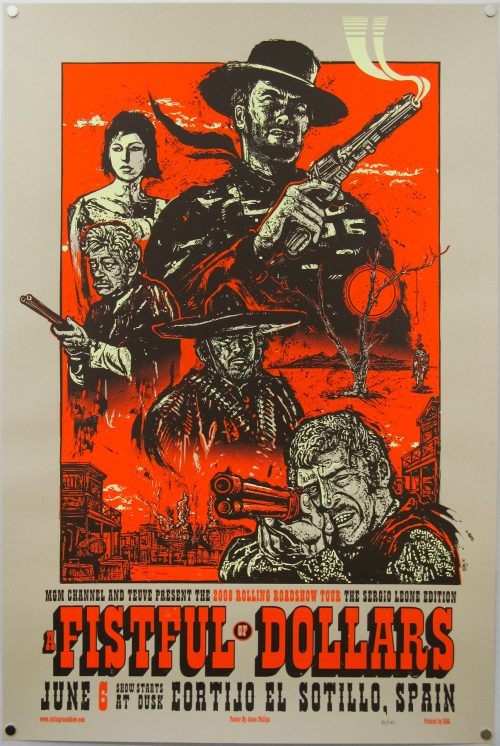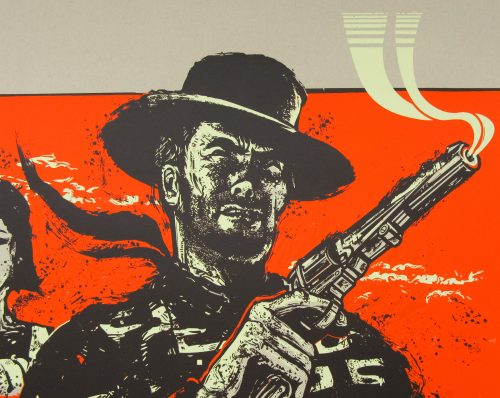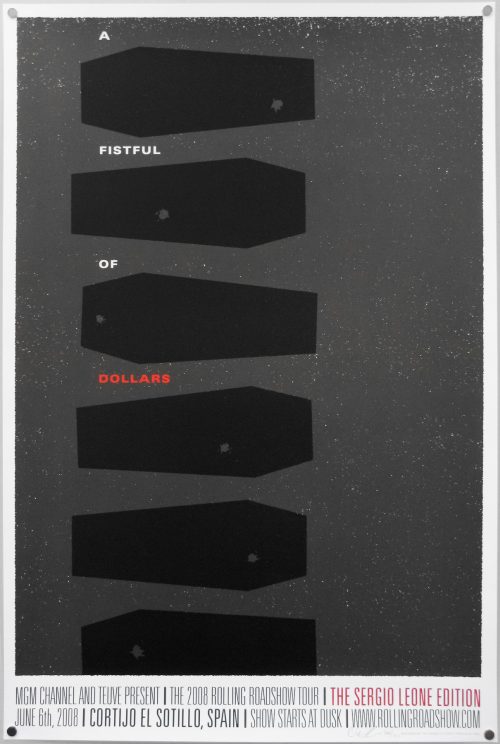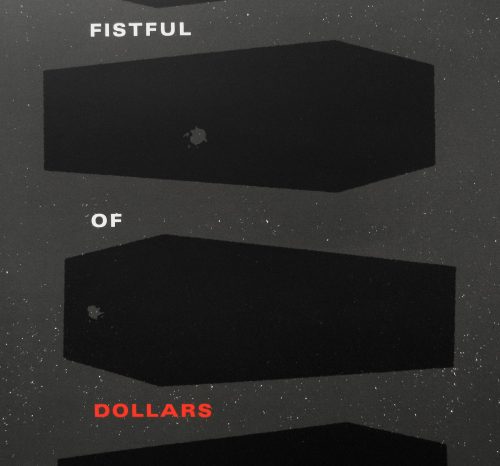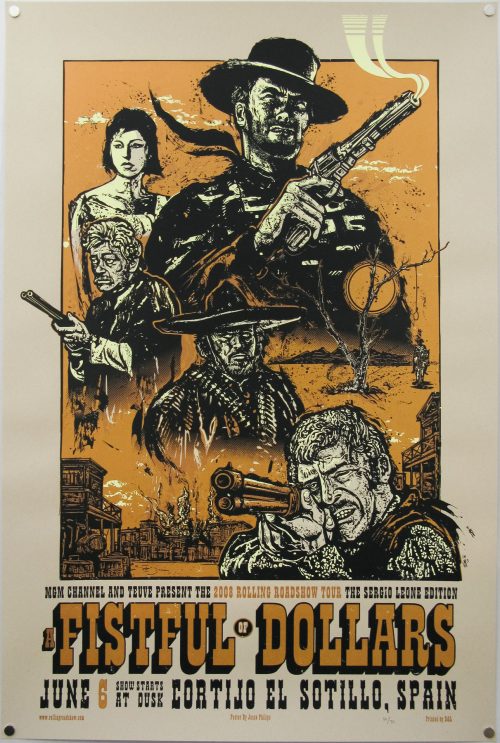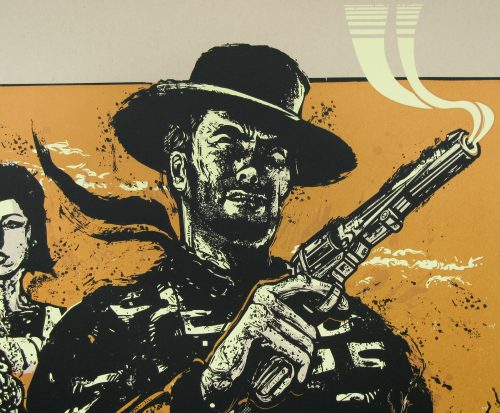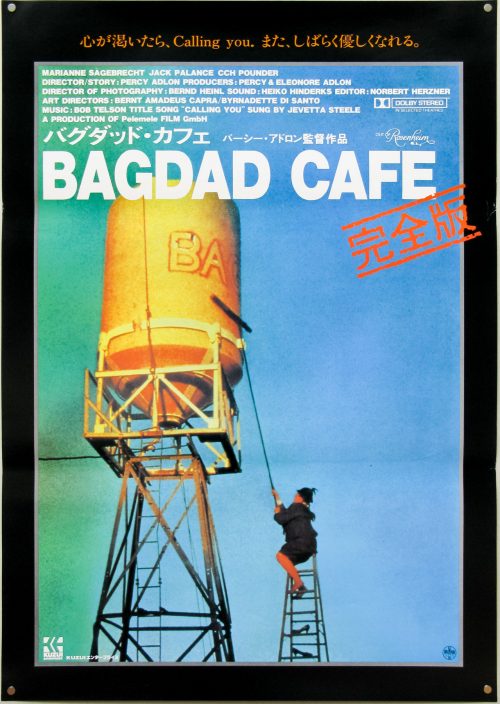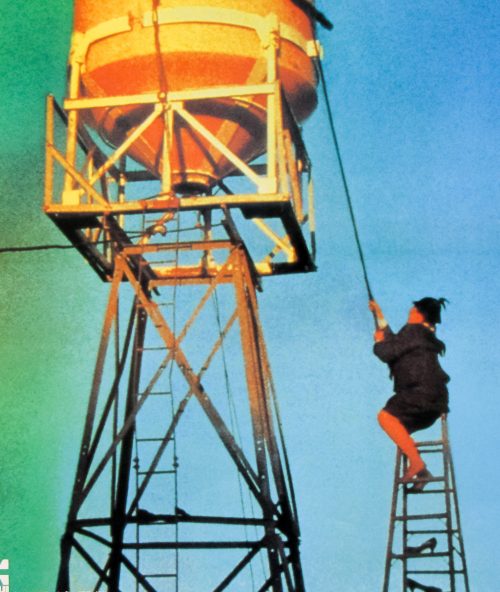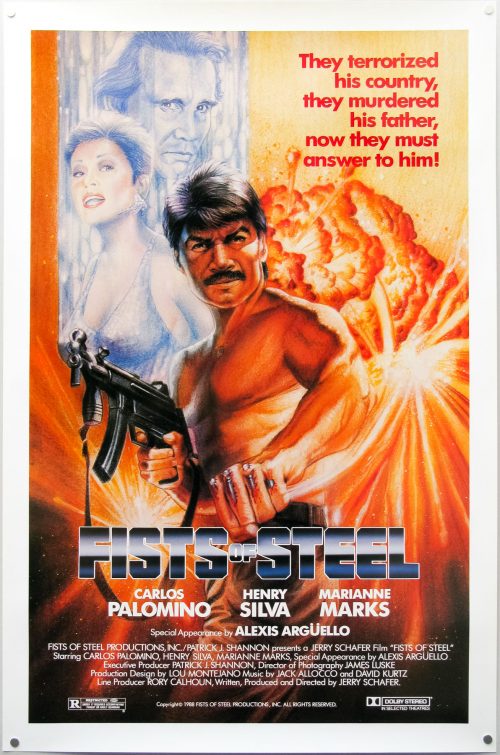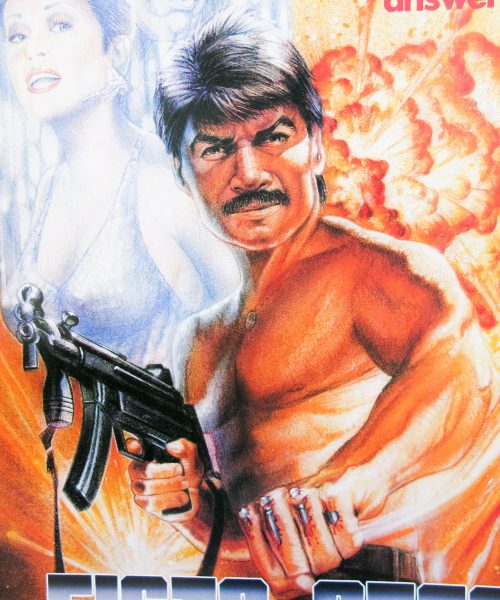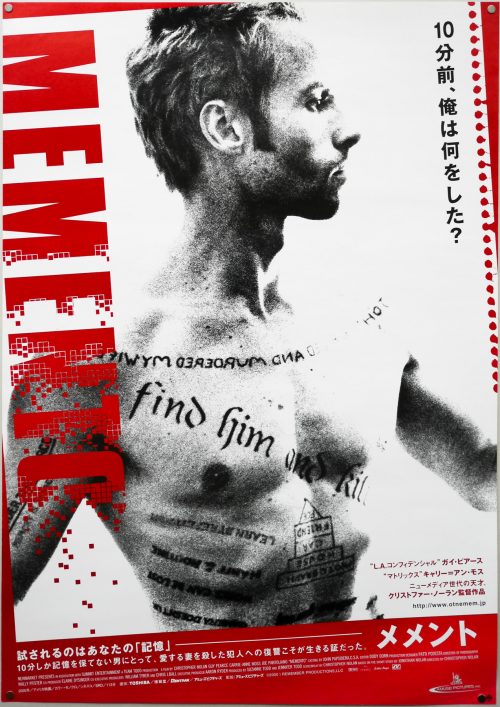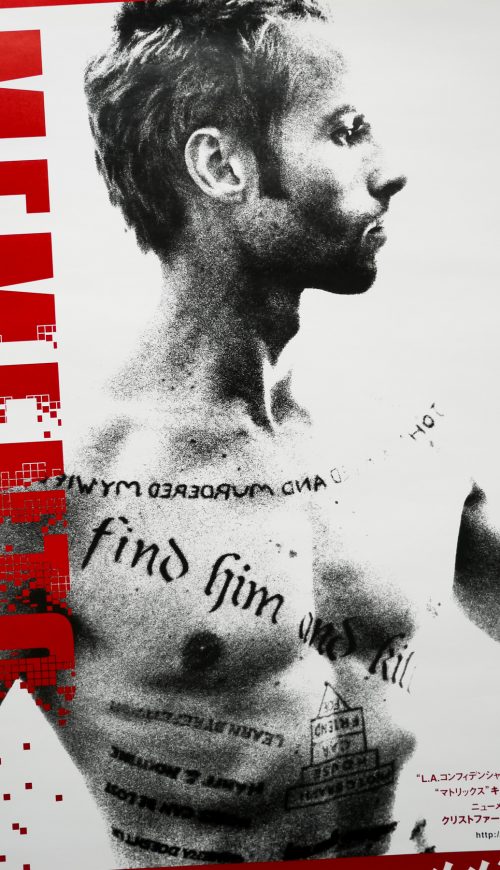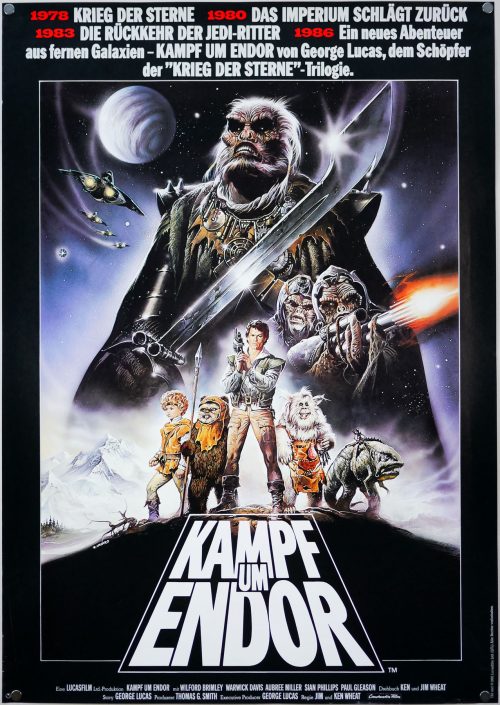
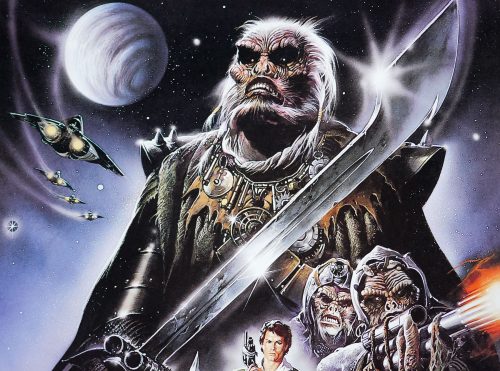
- Title
- Ewoks: The Battle for Endor
- AKA
- Kampf um Endor (Germany)
- Year of Film
- 1985
- Director
- Jim Wheat, Ken Wheat
- Starring
- Wilford Brimley, Warwick Davis, Aubree Miller, Siân Phillips, Carel Struycken, Niki Botelho, Paul Gleason, Eric Walker, Marianne Horine, Daniel Frishman, Tony Cox
- Origin of Film
- USA
- Genre(s) of Film
- Wilford Brimley, Warwick Davis, Aubree Miller, Siân Phillips, Carel Struycken, Niki Botelho, Paul Gleason, Eric Walker, Marianne Horine, Daniel Frishman, Tony Cox,
- Type of Poster
- A1
- Style of Poster
- --
- Origin of Poster
- Germany
- Year of Poster
- 1986
- Designer
- Renato Casaro
- Artist
- Renato Casaro
- Size (inches)
- 23 6/16" x 33
- SS or DS
- SS
- Tagline
- --
This is the German poster for the release of the second of two ill-advised TV movies featuring the Ewoks, the furry, love ’em or hate ’em characters from Return of the Jedi. The Battle for Endor is set some time after the first TV movie The Ewok Adventure (AKA The Caravan of Courage) and occurs between the events of The Empire Strikes Back and Return of the Jedi. The plot is summarised thus:
The army of the Marauders, led by by King Terak and the witch Charal attack the Ewoks village. The parents and the brother of Cindel all die in this attack. Cindel and the Ewok Wicket escape and in a forrest they meet Teek a naughty and very fast animal. Teek takes them to a house in which a old man, Noa, lives. Like Cindel he also crashed with his Starcruiser on Endor. Together they fight Terak and Charal.
The film was first shown on TV in the US in 1985 and was given a theatrical run in UK cinemas but quickly disappeared from screens when audiences discovered the poor quality of the film. Despite not being embraced by most fans, the Ewok films nevertheless had elements that continued into the expanded Star Wars universe, including an animated series called Star Wars: Ewoks broadcast between 1985 and 1987 and the Star Tours rides at Disney theme parks.
The poster was designed and painted by one of my favourite artists, Renato Casaro, an Italian with a prolific movie poster output that lasted over 35 years. He began his career in 1953, aged 19, at the famous Studio Favalli in Rome and would go on to design and paint posters for many of the biggest directors in the world. His skill at accurately portraying actors and his brilliant use of colour and composition saw him much in demand from studios and actors alike. His artwork has featured on posters used in multiple countries, including Japan, Germany, USA as well as in his native Italy.
Check out the incredible amount of work on his official website here, which also features a biography of the artist. In March 2014 I published an exclusive interview with Renato and it can be read by clicking here. In it he mentions working on this poster and he showed me the original art for the version of the poster where it’s just Connery alone (the advance poster).
The other posters I’ve collected by Renato Casaro are here.
